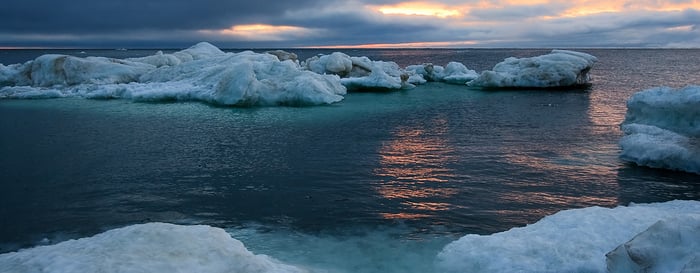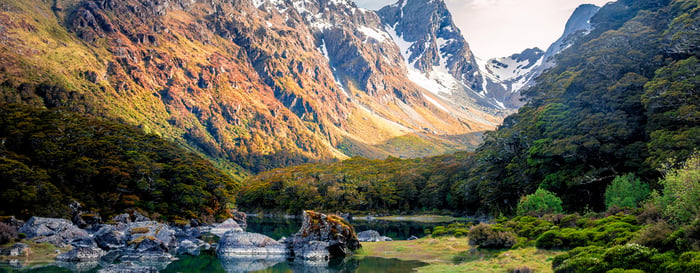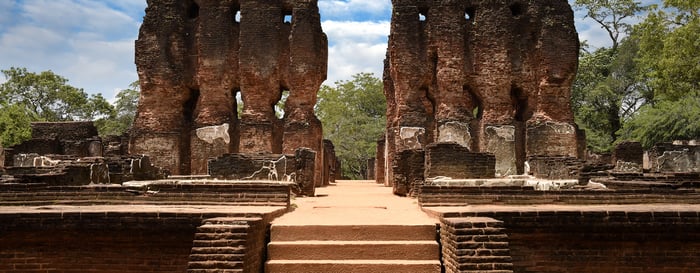
The next morning the eight teams of climbers gathered on the mountain and they decided not to make any rash decisions and wait to see what unfolded. However, at a second team meeting a few days later, Hayes’ team agreed to abort. “A lot of our Sherpas wanted to get back to their families; we were far behind schedule and needed a strong team to fix lines up the mountain; the danger of aftershocks, the possibility that Nepal would officially close all mountaineering in any case; the mixed feelings of the different teams and team members; and, above all, the ethics and morality of carrying on whilst the country was in turmoil,” says Hayes.But rather and leave immediately, Hayes decided to stay and help. Speaking Nepalese, being physically fit and acclimatised to 6000m, having an effective sat comms system and being a former paramedic he knew he could be of some help. So he stayed for another month to help the teams who were trying to get the country back on its feet. He trekked down from Makulu base camp through the Makalu Barun valley to investigate and report on the damage. “I lent my Thuraya systems to villagers to make calls and we assisted any lost foreigners we can across,” says Hayes. Then after 12 May when the second earthquake hit, he headed up to Sindhupalchok and Dolakha to provide first aid. “There had been many aftershocks in the interim period and people were much more wary – everyone rushed into the open, away from the buildings,” says Hayes. “The ground moved for about a minute. On the plus side, people were ready. On the negative side, resources were already highly stretched and this was yet more crisis.”Through his expeditions Hayes has attracted close to 70,000 followers on social media, so he launched a Just Giving page and encouraged people to donate.

Hayes worked tirelessly in the mountains, but after a month he decided that he needed to return to his own family in the UK. He continued with his fundraising and then in September 2015 returned to Nepal, with his friend Royston Polding, who is also a former paramedic, to try and help once again. Hayes wanted to check on the progress of some of the projects that he had been fundraising for including establishing a new water supply for a village in Chyasarpa, providing much-needed health education classes in remote villages and meeting with support agencies and partners.However, the scene that Hayes was greeted with in September was a vast improvement. “Almost all people are now out of living under tarpaulin and are in wooden or tin houses,” says Hayes. “Each household who experienced damage has had a government grant and the country is back on the road.”At first Hayes, was directing the money to help build a school in Seduwa in the Makalu region. However, as Korean NGO stepped in to help, Hayes was able to build on the water supply in Chyasarpa and reduce the chance of villagers becoming ill. He is also now trying to establish a MIRA project (medicine in remote areas) with Mission Himalaya to help villagers who have to walk for up to five-hours to get general medical help. But while the charities are doing their best to support the country, Hayes says that it’s important that the tourists return too: “It’s the biggest help anyone can give the country. Nepal needs tourists, trekkers and vacation makers to return. Thankfully they are.”While Hayes receives confirmation of his project he is now preparing to Kanchenjunga, the third highest mountain in the world, from April to May 2016.
Arctic Wildlife Safari
- Search for polar bears hunting seals in the pack ice on an arctic safari
- Explore historical sites including early whaling camps, trappers’ cabins, deserted coal mining operations, and an abandoned polar research station
- Sea kayaking near tidewater glaciers and icebergs
- Look out for humpback whales from the outdoor decks
- Take advantage of the included photography program and learn alongside the onboard expert
Classic New Zealand
Auckland & Waiheke Island Lake Taupo & Rotorua Nelson & Marlborough Canterbury & Christchurch Queenstown, Milford Sound & Southern Lakes
- Marvel at the colourful geothermal landscape of Rotorua
- Explore Abel Tasman National Park on a private boat cruise
- Cruise Lake Tasman and take a guided walk on Tasman Glacier
- Enjoy a scenic flight and cruise on Milford Sound
- Soar over Queenstown on an exhilarating hot air balloon flight
Indian Golden Triangle & The Andamans
- Learn about Jaipur city’s landmarks and culture on a walking tour
- Visit the Taj Mahal, one of the Seven Wonders of the World
- Explore Agra Fort’s palaces, towers, bastions and ramparts
- Enjoy a cycle rickshaw tour of the traditional businesses of Old Delhi
- Relax on the green-fringed beaches of Havelock Island





